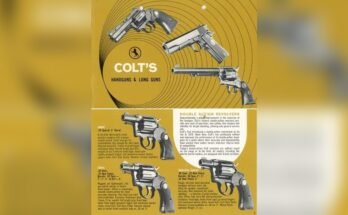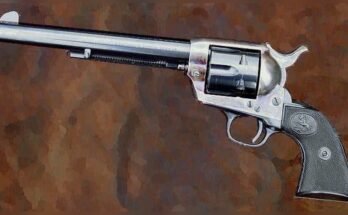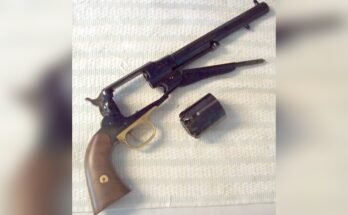Are you wondering if snub-nose revolvers are safe to carry loaded? If you own one or are thinking about carrying one for self-defense, this question is probably on your mind.
You want to protect yourself, but safety is your top priority. You’ll discover the real facts about carrying these compact guns loaded. By the end, you’ll feel more confident making the right choice for your safety and peace of mind.
Keep reading to learn what every owner should know before carrying a snub-nose revolver loaded.

Snub-nose Revolver Basics
Snub-nose revolvers are small, easy-to-carry handguns. They have a short barrel, usually 2 inches or less. This compact size makes them popular for personal protection. Understanding their basics helps in deciding if they are safe to carry loaded.
Design And Features
Snub-nose revolvers have a short barrel and a small frame. They often hold five or six rounds. The grip is designed for quick handling. Many models have a hammer that is hidden or easy to cock. This design helps with fast drawing and firing.
The short barrel means less accuracy at long distances. But in close-range self-defense, this is less important. The revolver’s simple mechanism reduces the chance of jamming. It can work well in stressful situations.
Common Uses
People use snub-nose revolvers mainly for self-defense. They are easy to carry concealed on a person. Many law enforcement officers use them as backup weapons. Some owners use them for home protection too.
The small size fits well in pockets or small holsters. This makes it convenient for everyday carry. Many users trust the revolver’s reliability in emergencies. Its simplicity appeals to new and experienced shooters alike.
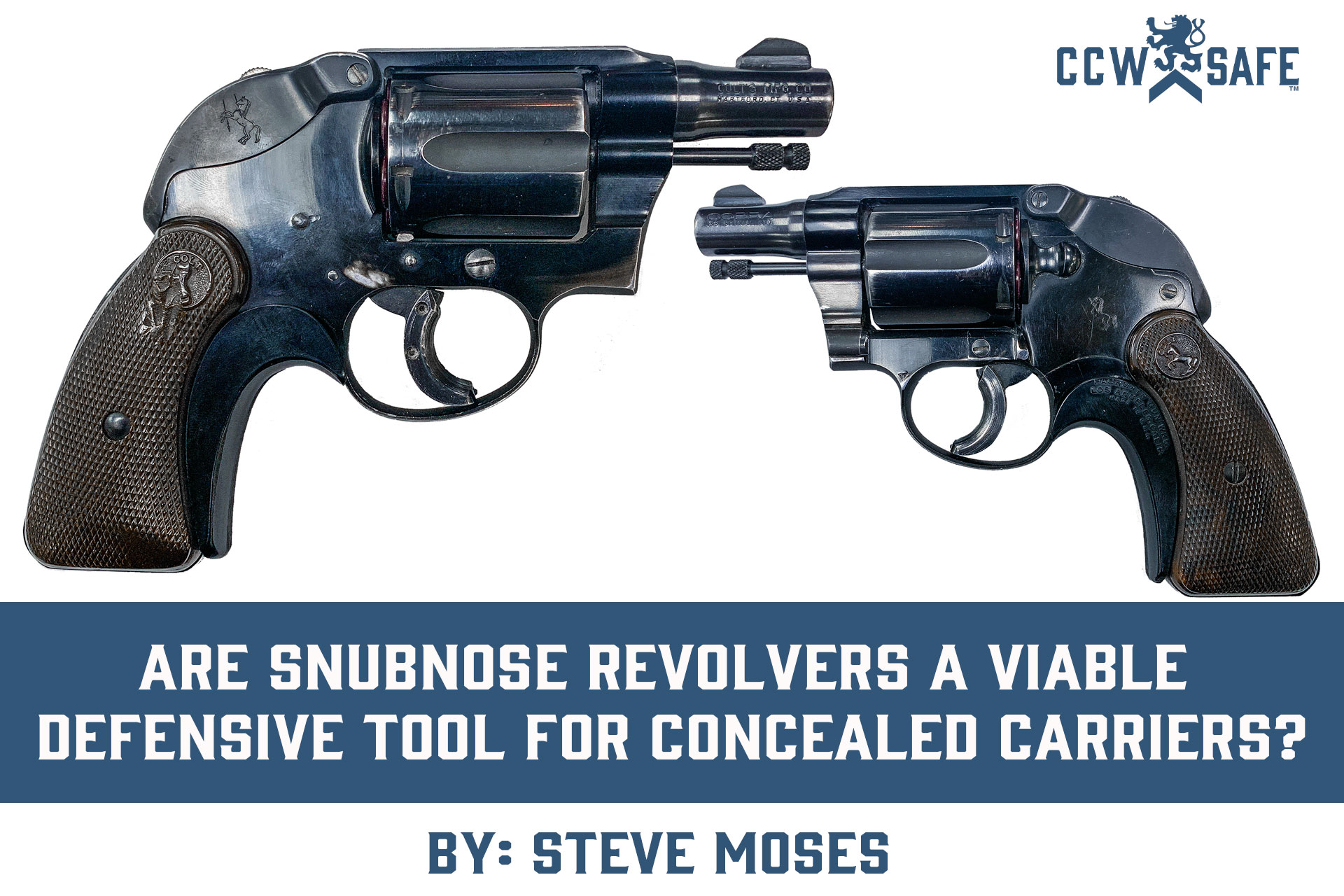
Safety Mechanisms
Snub-nose revolvers have built-in safety features. These features reduce risks when carrying them loaded. Understanding these safety mechanisms helps users carry with more confidence.
Each part plays a role in preventing accidental firing. The main safety elements include hammer types, transfer bars, and cylinder locking systems.
Hammer Types
Snub-nose revolvers come with different hammer designs. Some have exposed hammers that can be manually cocked. Others have shrouded or internal hammers that prevent snagging.
Internal hammers offer more safety while drawing. They reduce the chance of the hammer catching on clothing. Exposed hammers need careful handling to avoid accidental strikes.
Transfer Bar And Hammer Block
Transfer bars act as a safety bridge between the hammer and the firing pin. They only allow the gun to fire when the trigger is fully pulled.
Hammer blocks stop the hammer from hitting the firing pin unless the trigger is pressed. These mechanisms prevent the gun from firing if dropped or bumped.
Cylinder Locking Systems
The cylinder locks hold the cylinder firmly in place. This prevents misalignment of the chambers with the barrel.
Proper locking ensures the bullet fires straight and safely down the barrel. It also stops the cylinder from rotating unintentionally during carry.
Carrying Loaded Risks
Carrying a snub-nose revolver loaded brings certain risks. Understanding these risks helps you stay safe. This section explains the main dangers of carrying a loaded revolver.
Knowing these risks guides you to handle your firearm carefully. Safety always comes first when carrying any gun.
Accidental Discharge Concerns
Accidental discharge means the gun fires by mistake. It can happen if the trigger is pressed unintentionally. Snub-nose revolvers have a short barrel and small frame. This size can make trigger control harder. A sudden movement or drop might cause the gun to fire. Safe handling and proper holsters reduce this risk.
Impact Of Carry Position
Where you carry your revolver affects safety. Carrying it in the waistband or pocket changes how it moves. Some positions increase the chance of the trigger catching on clothes. This can lead to accidental firing. A good holster covers the trigger guard fully. It keeps the trigger safe from accidental contact.
Ammunition Considerations
The type of ammo in your revolver matters for safety. Some rounds have more recoil and power. This can make the gun harder to control. Using lighter, reliable ammunition lowers the chance of problems. Also, some people load only five rounds and leave one chamber empty. This practice adds a safety buffer to prevent discharge.
Best Practices For Safe Carry
Carrying a snub-nose revolver loaded requires care and attention. Safe practices reduce risks and increase confidence. Follow key steps to keep yourself and others safe.
Proper Holster Selection
Choose a holster that fits your revolver well. It should cover the trigger completely. A good holster keeps the gun secure and easy to reach. Avoid loose or flimsy holsters that risk accidental discharge.
Regular Maintenance
Clean your revolver regularly. Dirt and grime can cause malfunctions. Check the cylinder and barrel for damage. Lubricate moving parts to ensure smooth operation. Regular checks keep your gun reliable and safe.
Safe Loading Techniques
Load your revolver carefully and slowly. Keep your finger off the trigger while loading. Double-check each chamber before closing the cylinder. Follow the manufacturer’s guidelines for safe loading. Proper loading prevents accidents and ensures readiness.
Legal And Ethical Factors
Carrying a loaded snub-nose revolver involves more than just safety. Legal and ethical factors play a big role. Knowing these helps you stay within the law and act responsibly. This section covers key points about local laws and ethical duties.
Local Laws On Loaded Carry
Every place has different rules about carrying loaded guns. Some areas allow it with a permit. Others ban loaded firearms in public. Breaking these laws can lead to fines or jail time. Always check your local laws before carrying. Ignorance of the law is no excuse.
Permits often require background checks and training. You may need to show how you safely handle the gun. Laws also vary by where you carry, like schools or bars. Knowing these details keeps you legal and safe.
Ethical Responsibility
Carrying a loaded revolver means serious responsibility. You must keep it secure and out of reach of children. Never use your gun to threaten or scare others. Only carry for self-defense or legal purposes.
Respect others’ comfort and safety around you. Avoid careless handling or showing your firearm unnecessarily. Your actions reflect on all gun owners. Ethical behavior helps prevent accidents and builds trust.
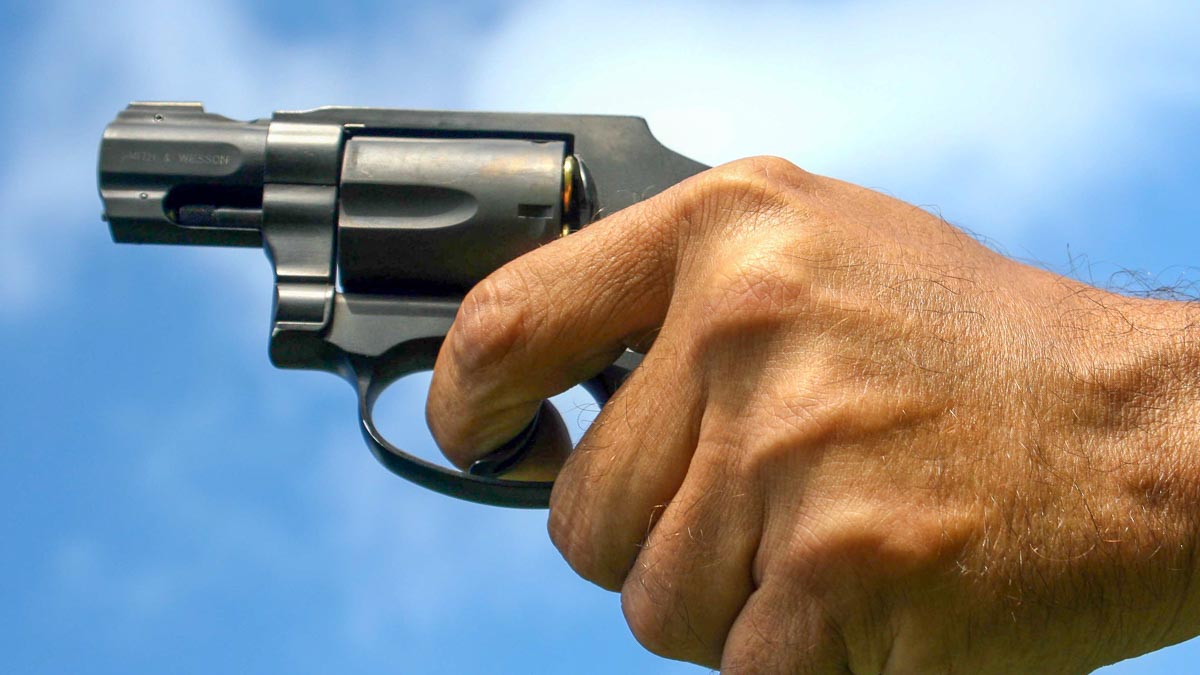
Expert Opinions And Statistics
Experts and data provide clear insight about carrying loaded snub-nose revolvers. Opinions from law enforcement and accident statistics help us understand the real risks. This section reviews what professionals say and what the numbers show.
Law Enforcement Perspectives
Many police officers trust snub-nose revolvers for close-range defense. They praise the simple design and reliability under stress. Officers highlight how easy these guns are to use in tight spaces.
Some experts warn about the need for proper training. Handling a loaded revolver requires care to avoid accidental discharge. Many law enforcement trainers stress safe carrying methods and regular practice.
Safety features on modern revolvers add extra protection. Some models include transfer bars or hammer blocks to prevent firing if dropped. These features increase confidence in carrying a loaded snub-nose revolver.
Accident And Incident Data
Statistics show that accidents with snub-nose revolvers are rare but possible. Most incidents happen due to poor handling or lack of training. Data suggests that users who follow safety rules reduce risks significantly.
Studies find that revolvers are less likely to misfire compared to some other handguns. The simple mechanism means fewer parts can fail. This reliability makes snub-nose revolvers a safer choice for everyday carry.
Reports indicate that accidental shootings often involve improper holstering or careless handling. Using a quality holster designed for snub-nose revolvers helps prevent accidents. Safe storage and handling remain crucial for all gun owners.
Frequently Asked Questions
Are Snub-nose Revolvers Safe For Concealed Carry?
Yes, snub-nose revolvers are generally safe for concealed carry when handled properly. Their compact design allows easy carry, but always follow safety protocols like engaging the hammer block and carrying with the cylinder closed.
Should Snub-nose Revolvers Be Carried Loaded Or Unloaded?
Carrying a snub-nose revolver loaded is common for self-defense. Ensure the revolver has safety features like a transfer bar to prevent accidental discharge. Regular maintenance and safe handling are essential for safe loaded carry.
What Safety Features Do Snub-nose Revolvers Have?
Snub-nose revolvers often include transfer bars or hammer blocks. These features prevent the firing pin from striking the primer unless the trigger is pulled. They reduce accidental discharge risks, making loaded carry safer.
Can Snub-nose Revolvers Accidentally Discharge In Pockets?
Accidental discharges are rare but possible without proper safety measures. Use holsters designed for snub-nose revolvers, and avoid carrying loose in pockets. Safety features and responsible handling minimize this risk.
Conclusion
Snub-nose revolvers can be safe to carry loaded with care. Always follow safety rules and use proper holsters. Regular cleaning and checks help keep them reliable. Understand your gun’s features before carrying it. Practice handling to boost confidence and control.
Safety depends on the user’s knowledge and habits. Choose what feels right for you and your safety. Stay responsible, stay prepared.

